A traffic enforcement plane looking for speeding vehicles noticed a motorcycle going exceptionally fast and wrote down the speed to issue the rider a ticket.
- How fast was the motorcycle moving?
- How could we convince a judge that the speed on the ticket was incorrect?
These questions may be useful in helping students down the problem solving path:
- What rates could we use to measure the motorcycle’s speed?
- How can we determine which rate we should use?
It would be worthwhile to have a conversation about how “speed [would be] enforced by aircraft.” Perhaps students will say things like:
- use a radar gun
- fly the same speed as the vehicle and pace it
- measure the time it takes for the vehicle to cover the distance from one known point to another
Eventually I want the conversation to move towards the context and method used by the officer in this speeding ticket scenario. The ticket was given out in 2004 in Minnesota when the airplane noticed two motorcycles speeding. The officer used the third method and measured the time it took for the motorcycle to move from one known point to another.
An additional conversation point to have with students is the unit being used to measure speed. Depending on the context, feet/sec, meter/sec, mile/hour, kilometer/hour, knots, etc. may be appropriate. As this speeding ticket happened in the United States, we measure land vehicle speed in miles/hour (miles per hour or mph), we need to make sure our speed uses that unit of measure.
Let students discuss the information they would need to calculate the motorcycle’s speed before showing them the story below as it is too helpful and potentially provides students with information they need before they even realize that they need it.
With this information in hand, students can convert 0.25 miles / 4.39 seconds to miles / hour using various methods including:
- multiplying by 60 twice (60 seconds in a minute and 60 minutes in an hour)
- multiplying by 3600 (3600 seconds in an hour)
Ultimately we arrive at a speed of slightly more than 205 mph. The image below is a scan of the actual ticket the motorcycle rider received. Notice the red arrow in the middle of the ticket which points at his speed in miles per hour.
This is the full article without the red boxes.
An interesting extension to this activity incorporates Math Practice 3 and requires students to critique the reasoning of the officer who measured the rider’s speed. Technology blog Gizmag takes a skeptical stance on the ticket in this article. Early on they state:
With so many experts casting an opinion on the fine, and all of them stating that the ticket had to be a mistake on the basis that motorcycles simply don’t go that fast, we’re weighing in with an opinion too.
That statement would be interesting to share with students followed by asking them the extension question of: “How could we convince a judge that the speed on the ticket was incorrect?” Gizmag concludes the article by giving their explanation (shown below) and making a case for human error.
All that said, there’s still something that doesn’t add up.
One possibility is that the pilot got it all horribly wrong and pressed the stopwatch at the wrong time. Apparently the pilot managed to clock both Tilley and his accompanying friend (booked for 111mph on an MV Agusta F4i) at the same time, using two stopwatches – while flying a plane. This suggests that error is one distinct possibility.
Now Tilley claims his bike is not capable of more than 145-150 mph. Yet the pilot timed Tilley over a quarter mile at 4.39 seconds, giving him the speed of 205.11 mph.
Had Tilley been doing say 145 mph (what he claims is top speed of his motorcycle), the stopwatch should have stopped at 6.2 seconds, so there’s a discrepancy of nearly two seconds between the two times – 4.39 against 6.2 seconds.
So if Tilley can prove his motorcycle was unmodified beyond the mufflers, then the mistake was human error and with such a margin that it has ruined any credibility which the Minnesota Highway patrol might claim for their speed detection methodologies.
- CCSS 5.MD.1 – Convert among different-sized standard measurement units within a given measurement system (e.g., convert 5 cm to 0.05 m), and use these conversions in solving multi-step, real world problems.
- CCSS 6.RP.3d – Use ratio reasoning to convert measurement units; manipulate and transform units appropriately when multiplying or dividing quantities.
- CCSS 7.RP.1 – Compute unit rates associated with ratios of fractions, including ratios of lengths, areas and other quantities measured in like or different units. For example, if a person walks 1/2 mile in each 1/4 hour, compute the unit rate as the complex fraction 1/2/1/4 miles per hour, equivalently 2 miles per hour.
- CCSS N.Q.1 – Use units as a way to understand problems and to guide the solution of multi-step problems; choose and interpret units consistently in formulas; choose and interpret the scale and the origin in graphs and data displays.

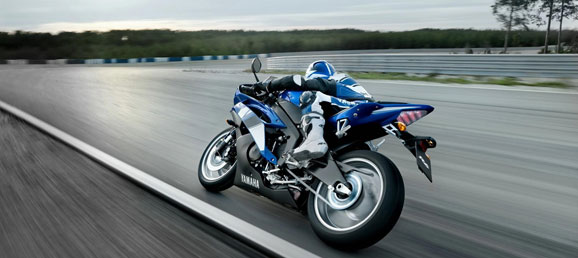

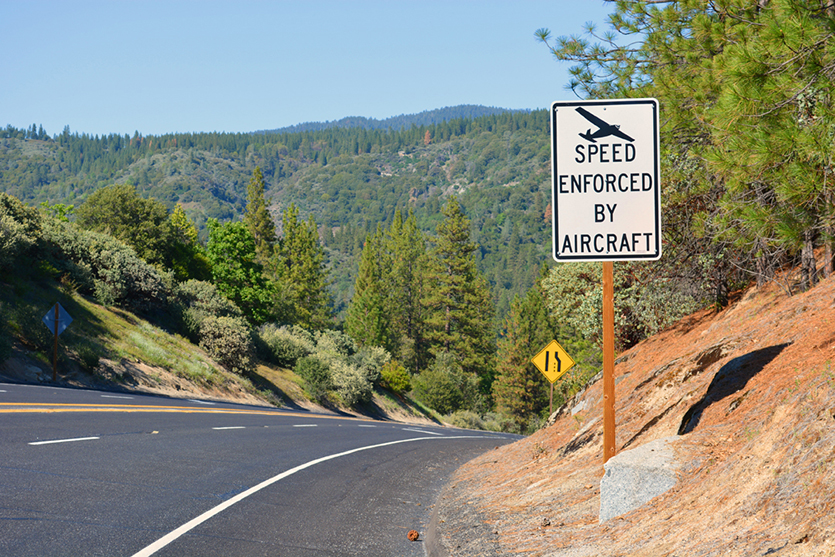
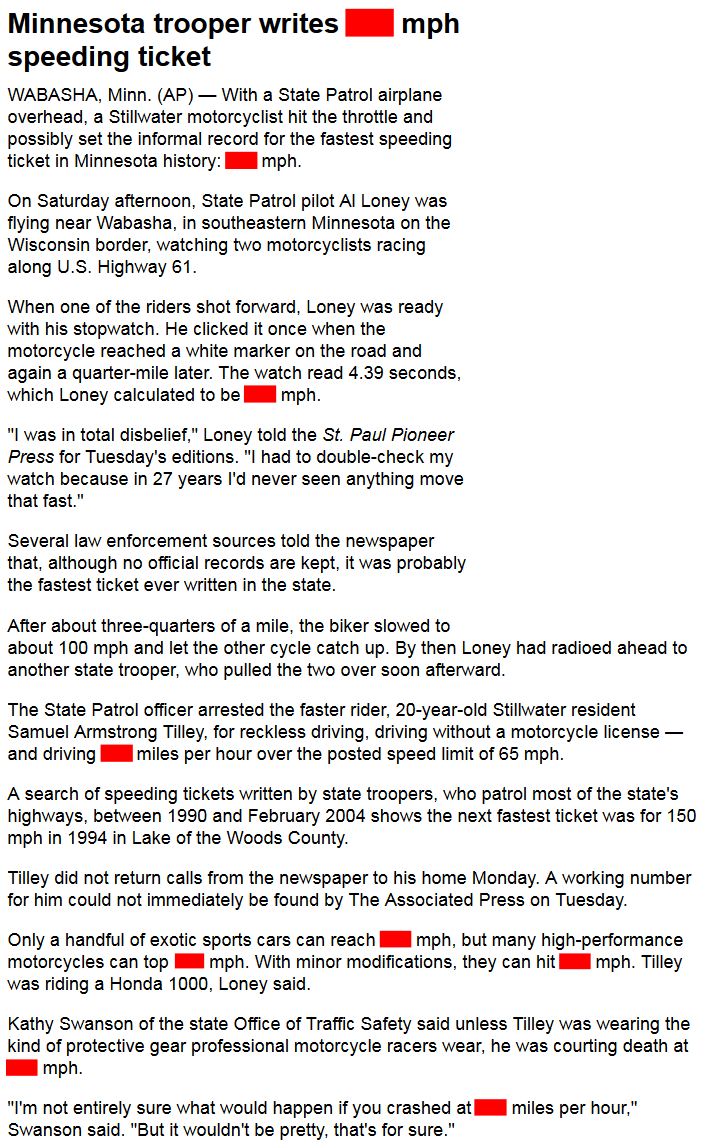
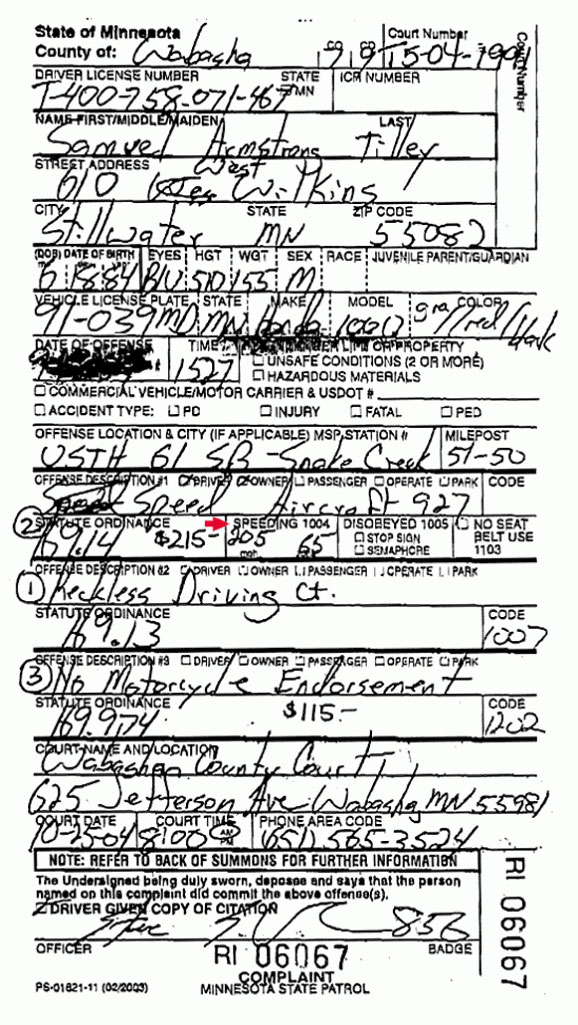
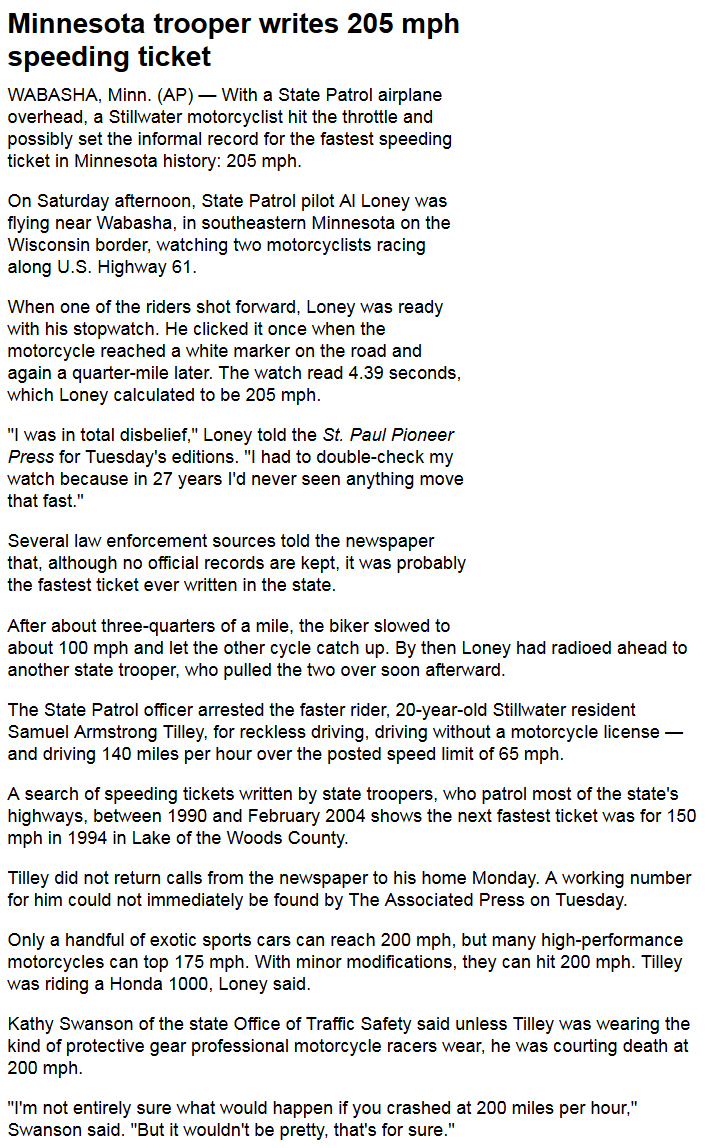
1 Comment